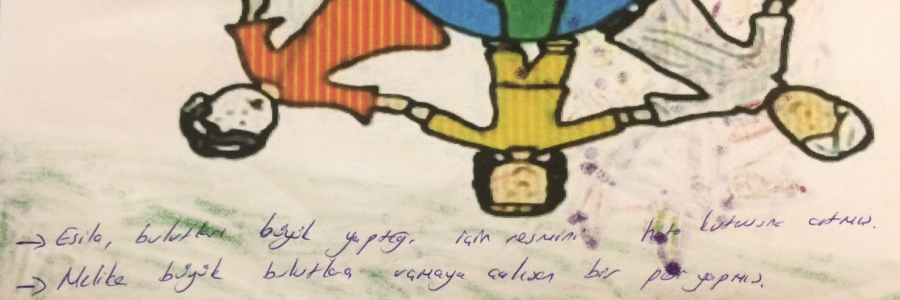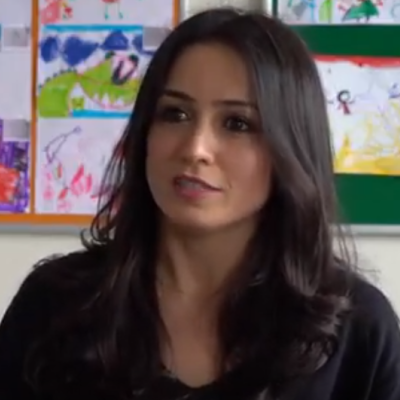What was the Problem?
Because of the system, students see everything as "right" or "wrong", focus on the results, and they are afraid of the reactions they will face when they think differently than other people. While not afraid of being creative in the pre-school, students can no longer think "differently" in the primary school. So "What is the biggest obstacle to creativity in learning environments?" and "How to create a creative educational environment?"
Solution

In the problem-solving process where design-oriented thinking methodology was applied; it was found that the factor that restricts creativity the most is being afraid to make mistakes. When given the opportunity to think freely, creativity becomes more visible. However, students have to adapt to rote-learning based education system, for this reason, they look for a single answer in their lives, and focus on the results rather than attaching importance to the process. It was aimed to ensure that children regard making mistakes as natural, that they express their feelings and thoughts freely, and that they embrace their mistakes and learn to take lessons from them. Taking the question "How can we adapt the Mistake Capsule into the pre-school period?" as the starting point, we came with the idea of "Mistake Recycle Box" based on children asking new sheets of papers when they draw pictures.
Composed of four parts, the "Mistake Recycle Box" activity requires children to put their drawings, which they believe include mistakes, in a box. Afterwards, the other students in the classroom make changes in these drawings and turn them into other drawings. Throughout the process, teachers remind their students to put their drawings in the box. They also help students to make changes in the drawings.Teachers emphasize the natural relationship between creativity and making mistakes using books and other resources.
Its Effect
In this process, students realized that making mistakes is acceptable, and they were able to take lessons from their mistakes when they looked from other perspectives. Moreover, students realized that a student's mistake might trigger another student's creativity.
This solution is one of the best examples selected and shared in the scope of Ashoka Farkyaratan Sınıflar (classes that make a difference(http://www.farkyaratansiniflar.org/hatageri-donusum-box.html) and also was one of the activities included at the special session of Öğretmen Ağı at the 15 Conference on Good Practices in Education (https://www.egitimdeiyiornekler.org/konferanslar/) and at the 38th GPE Local Workshop held in Tunceli (https://www.egitimdeiyiornekler.org/duyurular/38-iok-yerelcalistayi-calistay-kitapcigi/).
Contributors
Berna Aslan (English Teacher), Burcu Yıldırım (Preschool Teacher), Fettah Şen (Turkish Teacher), Gözde Uysal (Mathematics Teacher), Keziban Özdoğan(Turkish Teacher), Sibel Ezgi Epik (English Teacher)


